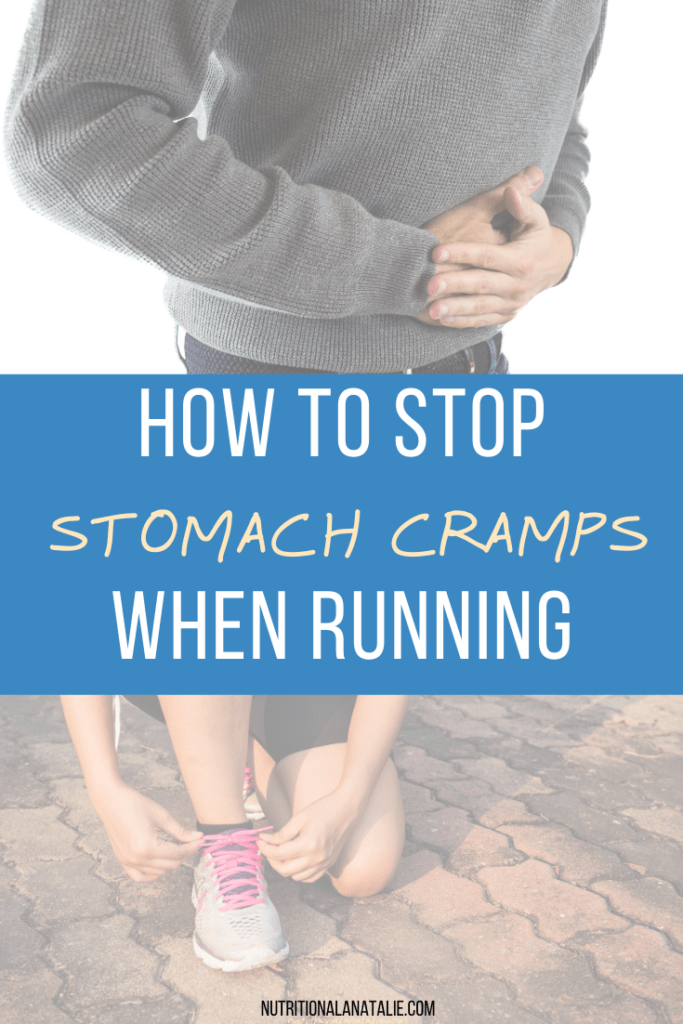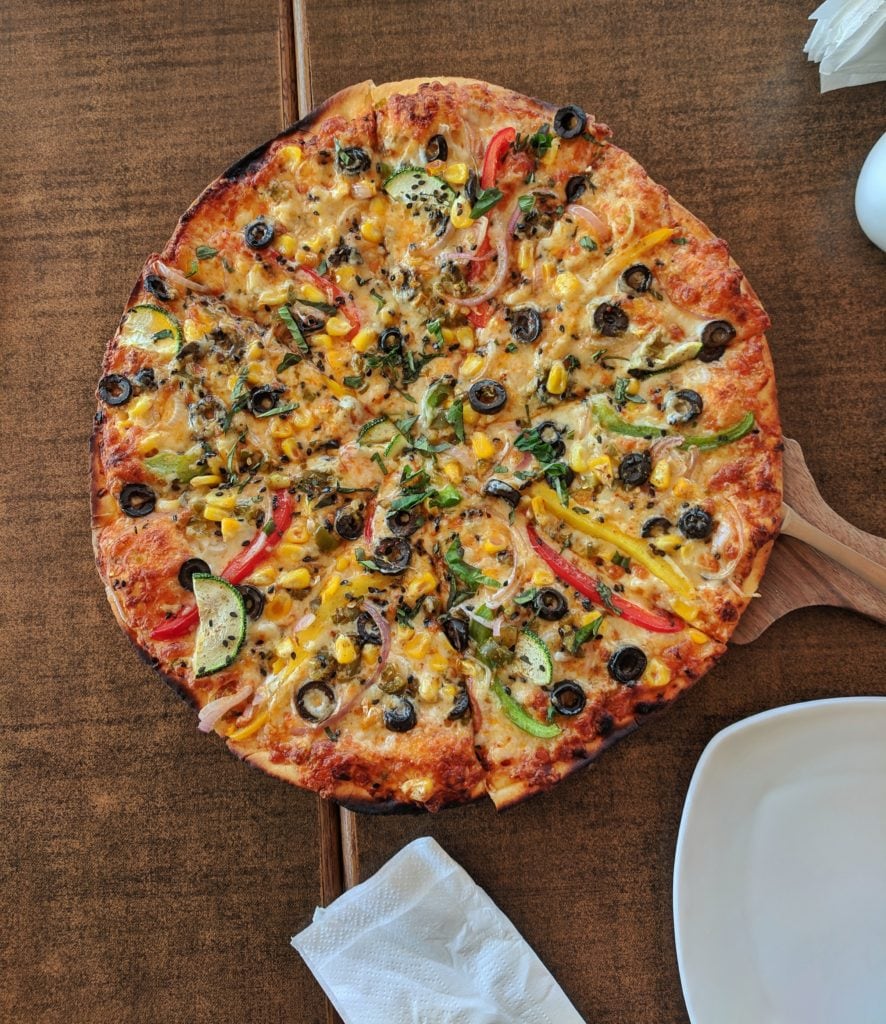Stop those annoying pains in your side while running with these actionable tips. Never get a running cramp again!
Most runners have felt that dreadful pain in their side. I actually had a cramp during my last half marathon, and it wouldn’t go away no what I did. I had to stop and walk, which caused me to miss out on my PR.
With that, I’m dedicated to stopping side stitches before they happen. That’s why I dug into the research on why you get the annoying pain in your side during exercise and how to stop it before it starts.
What is a side stitch?
As it turns out, a side stitch has a scientific name: exercise-related transient abdominal pain (ETAP).
It’s often described as a cramping, aching, or pulling feeling at first, and then it progresses to a sharp or stabbing severe pain in the lower abdomen.

Interestingly, side stitches occur most often among two types of athletes: runners and horse back riders. The reason for this is that activities that involve repetitive torso movement cause side stitches more often than activities that don’t include torso movement (like cycling).
Who gets side stitches?
Certain factors also affect your chances of experiencing the dreaded stitch, such as…
Younger Athletes
Side stitches are much more likely to occur in young athletes. One study reported that 77% of active individuals under the age of 20 experienced ETAP, compared with only 40% of individuals over the age of 40. Not only does the prevalence of side stitches decrease with age, but the severity of the stitch decreases as well.
Females
One study reported that females experience side stitches four times more often than males.

New Athletes
Well conditioned individuals are less likely to report experiencing ETAP, as compared to people that are physically unfit.
What causes a side stitch?
Unfortunately, the reason for abdominal pain is not entirely clear, but here are some common theories.
1. Bad posture
Studies have shown that people with poor posture are more susceptible to side stitches, and the worse the posture, the worse the stitch.
2. Eating or drinking right before exercise

Consuming food or drink closely before exercise has consistently been reported to evoke ETAP. The good news is that you can teach your body to tolerate fluid consumption with practice.
3. Irritation of the lining of the abdomen (aka the parietal peritoneum)
This is the most widely accepted reason for the side stitch. Some scientists believe that the irritation occurs from friction between the lining of the abdomen and the abdominal wall. This friction happens when the stomach swells during exercise, due to an increase in the quantity or thickness of the lubricating fluids in the stomach.
Have you started to wonder why I keep calling it a “side stitch” rather than a cramp? Well, research has shown that the painful feeling in your side is actually not a muscular cramp. This is news to me!
How to prevent side stitches
Because scientists have not been able to figure out the primary cause of side stitches, it’s difficult to determine a way to prevent the stitch from occurring. However, some strategies seem to work for many people.
1. Avoid large volumes of food and drink before exercise
To prevent ETAP, large volumes of food and drink should be avoided at least 2 hours before exercise. During exercise, small but regular volumes of fluid may be better tolerated than large gulps of water or sports drink.
2. Improve posture
One study reported that improving posture reduced symptoms of ETAP in children. Two other studies have reported improvement in symptoms of ETAP through a treatment regimen that aimed to improve spinal alignment and function. A great way to improve posture is to strengthen your back and core muscles. Yoga and pilates are excellent types of exercises to target those muscles.
3. Unproven strategies
The most common techniques for getting rid of a side stitch are deep breathing, pushing on the affected area, stretching the affected site and bending over forward. Research has not confirmed that these strategies work, and some believe that bending over and stretching the affected site would work against the problem and cause the stitch to continue.M


I used to stuggle with this all the time while running. Wish I would have read this blog back then!
Thanks for the article.i just had a stictch this few days while running.
You’re welcome! I hope this helped to explain the process.
This was such a helpful article, I hate getting side stitches! Thank you!
Very informative! I remember when I was younger I would always get these.
These are the bane of mine and my husband’s training! Hopefully now we can be more proactive- thanks for the info!
Oh my gosh do I need this one–thanks Natalie!
SO informative, thank you!
Gosh I wish I new this long ago!! So helpful!